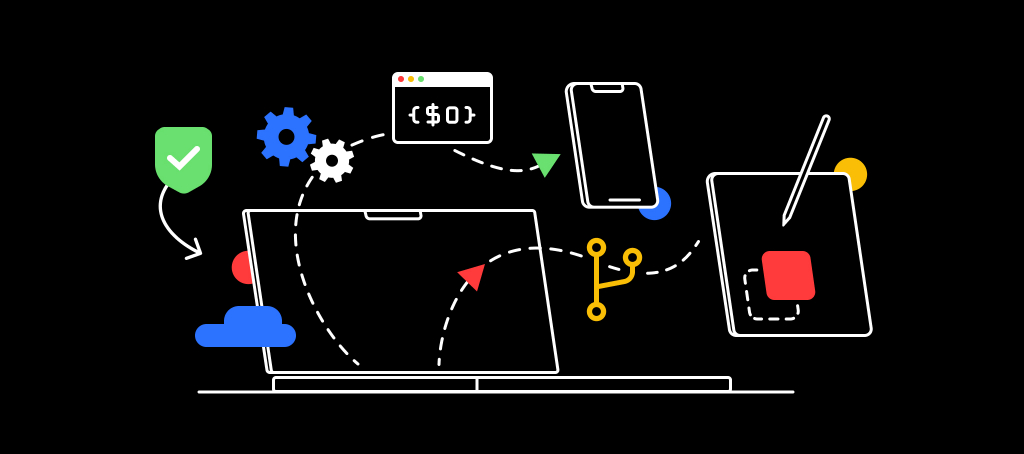staracademy-maghreb.com – The foundation of any iOS developer’s toolkit is a Mac computer. Apple’s development environment is designed to run on macOS, making it a prerequisite for iOS app development. While the initial investment in a Mac might seem substantial, the robust ecosystem and integrated development environment are indispensable for efficient app creation.
The next critical tool is Xcode, Apple’s integrated development environment (IDE) for macOS. Xcode is the hub where you will spend most of your development time, writing code, designing app interfaces, debugging, and testing your apps. It is available for free on the Mac App Store, offering a comprehensive suite of software development tools.
Another essential component is the Swift programming language. Swift is a powerful and intuitive language for iOS, macOS, watchOS, and tvOS app development. Introduced by Apple in 2014, it has been designed for safety, performance, and software design patterns. Familiarizing yourself with Swift is a foundational step in becoming an iOS developer.
Setting up Your Development Environment
Setting up your development environment is your first practical step into iOS development. Begin by downloading and installing Xcode from the Mac App Store. Upon launching Xcode for the first time, you’ll be prompted to install additional components. These are necessary for compiling and testing your apps.
Once Xcode is installed, take some time to explore the IDE. Familiarize yourself with the interface, including the navigator, editor, and utilities areas. Understanding the layout and functions of these areas will streamline your development process.
Creating a new Xcode project is your introduction to the world of app development. Select a template that corresponds to the type of app you wish to build, and Xcode will set up the necessary files for you. This is also an opportune moment to experiment with the interface builder, a tool within Xcode that allows you to design your app’s UI visually.
Learning the Basics of Swift
Swift’s design emphasizes safety, performance, and expressiveness. As a modern programming language, it incorporates features that make code easier to read and write, while its safety features prevent common programming errors.
Start by learning Swift’s basic syntax, including variables, constants, and data types. Understanding these fundamentals is crucial for creating robust applications. Swift’s type safety helps you catch errors early in the development process.
Next, explore Swift’s control flow, including conditional statements and loops. These are essential for creating complex behaviors within your app. Also, familiarize yourself with functions, closures, and optionals, which are powerful features of Swift that allow for more flexible and concise code.
Understanding Xcode and Interface Builder
Xcode is not just a code editor; it’s a comprehensive toolset that supports every aspect of iOS app development. From code writing, compiling, and debugging to interface design, Xcode provides a seamless experience for developers.
The Interface Builder is a crucial feature of Xcode. It allows developers to construct user interfaces visually, using a drag-and-drop interface. This means you can design your app’s UI without writing a single line of code. However, understanding how to connect these visual elements to your code is key to making them functional.
Additionally, Xcode’s simulator allows you to test your apps on various iOS devices without needing the physical hardware. This is invaluable for ensuring your app performs well across all device types and screen sizes.
